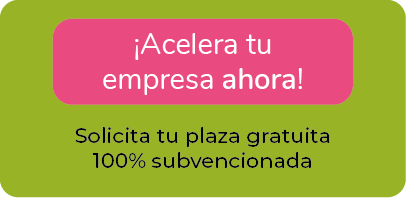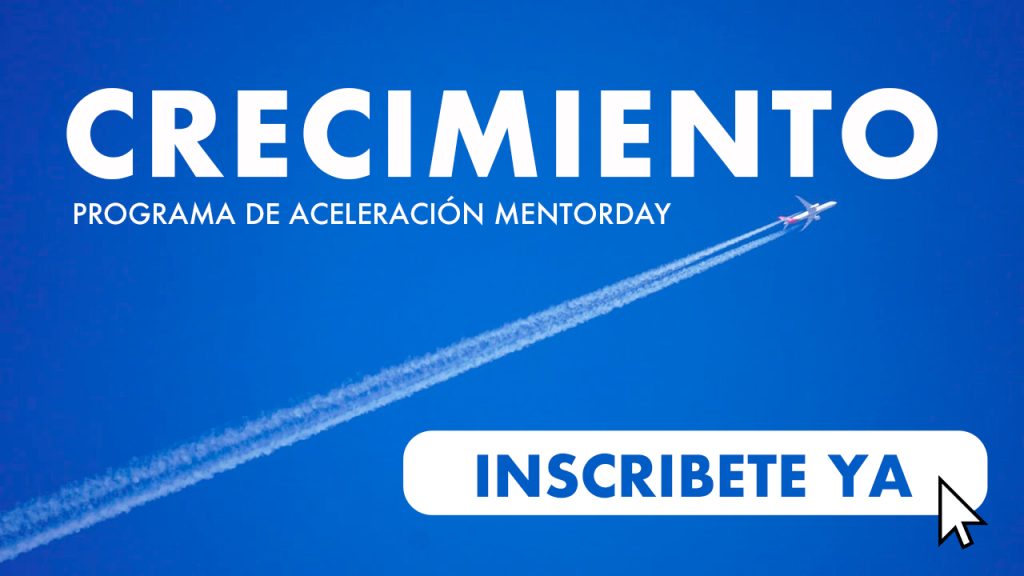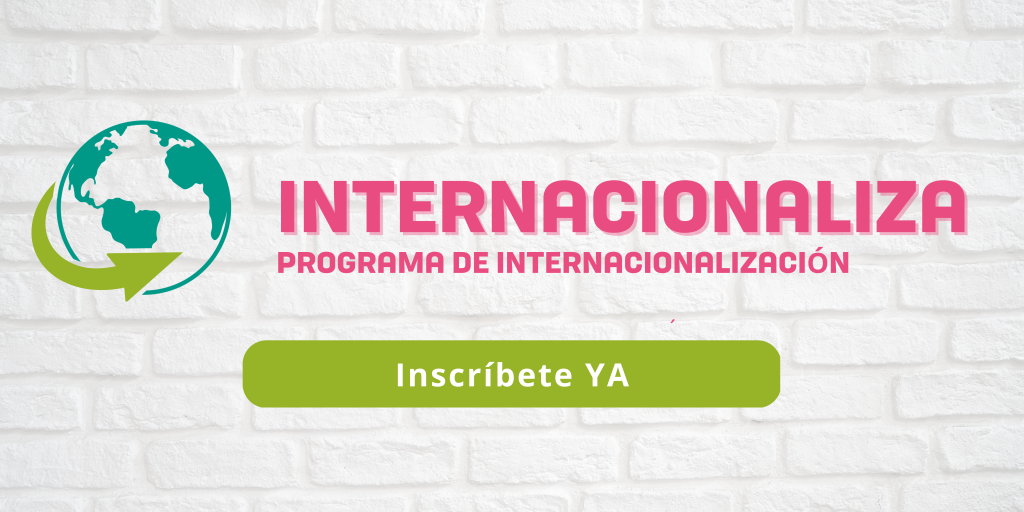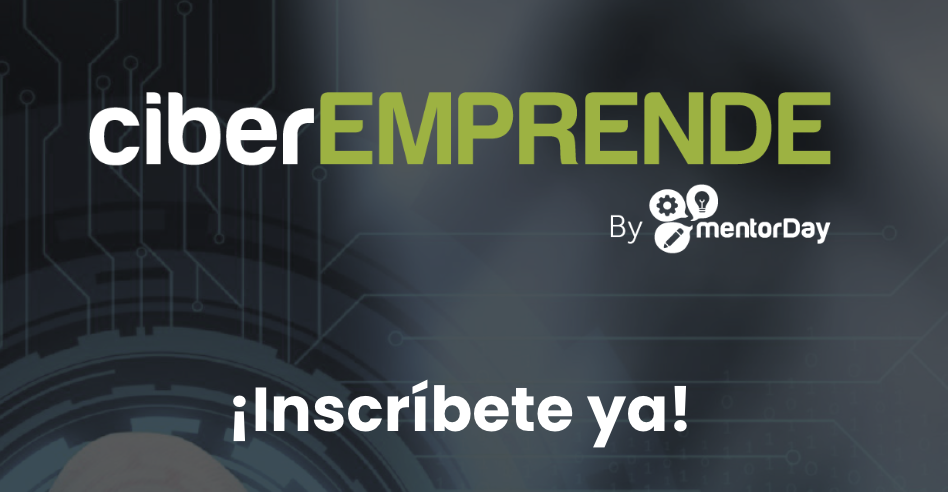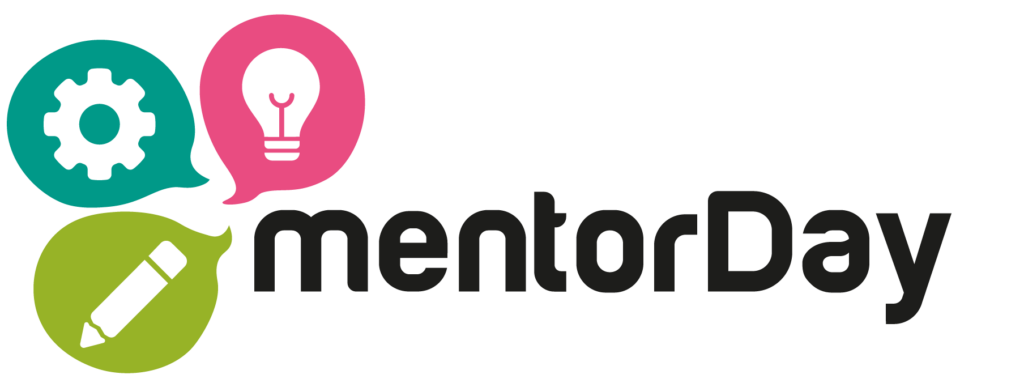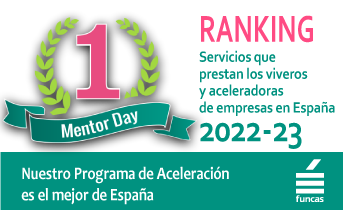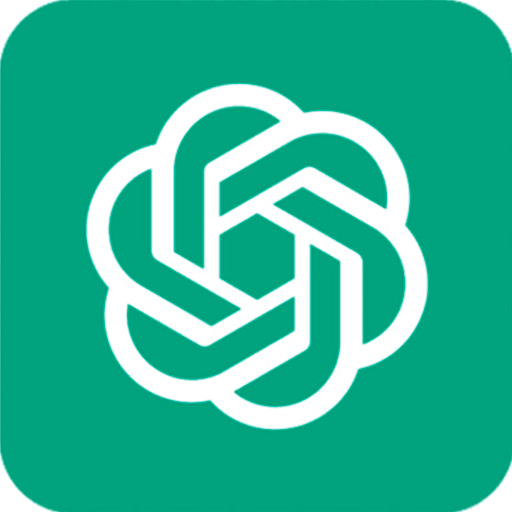THE PROTOTYPING
Accelerate your business with these expert tips on "Prototyping". Analyse and discover this TIP!
Prototyping is the 4th step of the process of Design Thinking. Like other tools, prototyping is used to measure the degree of acceptance that a product or service may have in the market and the purchase intentionality it arouses. It is used both in entrepreneurship, during the product validation process, and in the new product development process. In it we give shape to this great idea emanating from the brainstorming and to propose a Minimum Viable Product.
The objective at this stage is not to create a perfect product with all desirable functionalities. It is about creating a low-cost prototype that we to test it on the market and prove its viability (+). Prototyping ideas consists of create physical artefacts that allow us to to make an idea tangible in an agile way, in order to be able to show them to users. However, they also non-tangible products, services, they can be prototypes using graphical procedures.
Let's look at some of the most commonly used prototyping versions.
Graphics
DRAWINGS
It is a primary form of prototyping, does not require artistic skills and allows the concept to be explained graphically. The drawings may be used to represent products in whole or in part. They are also used to describe ways of use.
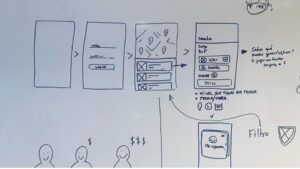
Tangibilisations
MAQUETAS
It is a simple form that allows the use of Legos, sticks, plasticine. It can even go as far as 3D printing, which allows a high level of approximation to the final product. It is obviously used in the development of tangible products.
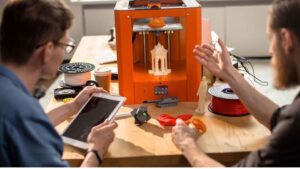
In the food industry, a laboratory sample of the product to be tested is called a mock-up. The aspects that are measured are the colour, smell and organoleptic values of the product. Several options are usually prepared with different levels in the most important values: creaminess, sweetness, density, etc.
Narratives
STORYBOARD (+)
It is about explaining the product by placing it in a certain context. In essence, it is a comic, representing the product or service, how it works and the context in which it is used.
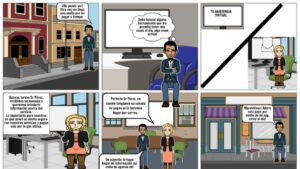
And, if you don't like to draw, you can use storyboardthat.com. In the free version you can use up to 6 vignettes. You can find more information in this link (see +).
STORYTELLING (+)
It is a system that serves to tell stories. It is a powerful method to put the interlocutor in a situation in relation to the solution we want to propose to them. Well-told stories generate attention and make people fall in love.
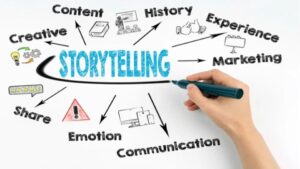
Dramatisations
ROLL PLAY
Prototyping can be done with other tools such as role play with which we can even reproduce a shopping experience in a shop. You can use infographics that allow you to sequence processes related to the proposal you are making.

THESE LINKS WILL TAKE YOU TO THE TIPS WHERE WE DISCUSS THE FIRST THREE STEPS IN THE DESIGN THINKING PROCESS:
EMPATHY MAP (+).
PROBLEM DEFINITION IN THE DESIGN THINKING PROCESS (+).
IDEATION WITHIN THE DESIGN THINKING PROCESS. IDEATE STAGE (+).
What is prototyping?
Prototyping is a technique used in the process of validating hypotheses in the creation of new businesses. It consists of the creation of an early version of the product or service to be offered to customers, in order to test its viability and the validity of the hypotheses on which the business model is based.
Prototyping can be of different types, from a mock-up or sketch to a working prototype that can be used by customers. The benefits of prototyping are that it allows entrepreneurs to get early and valuable feedback from customers, enabling them to make adjustments and improvements to their product or service before it is launched on the market.
In addition, prototyping helps entrepreneurs reduce the risks and costs associated with creating a new product or service by discovering and solving problems early in the process. It can also be used as a marketing tool to generate interest and create expectations in potential customers.
In summary, prototyping is a fundamental technique in the validation of hypotheses, as it allows entrepreneurs to obtain early feedback from customers, reduce risks and costs, and improve the quality of their product or service.
Tips for an entrepreneur to prototype his or her solution
HERE ARE SOME TIPS FOR AN ENTREPRENEUR WHO WANTS TO PROTOTYPE HIS OR HER SOLUTION:
- Start with the MVP: Prototyping is about creating a simplified version of your solution to validate your key hypotheses. Start by creating a Minimum Viable Product (MVP) to have a solid foundation for your prototype.
- Focus on the user experience: Make sure your prototype focuses on the user experience. Do usability testing to identify any problems with the design and make improvements.
- Use low-cost tools and resources: Take advantage of low-cost tools, such as graphic design software, to create your prototype. You can also use online prototyping tools to create an interactive model of your solution.
- Seek comments: Get feedback on your prototype from friends, family, colleagues and other entrepreneurs. Ask them how they feel about your solution and how they think it can be improved.
- Review and improve your prototype: Use the feedback you have received to make improvements to your prototype. If necessary, re-create the prototype to address any major issues.
- Conduct real-world testing: Once you have a solid prototype, conduct real-world testing to see how it works in the real world. You can use your tests to further validate your hypotheses and make additional improvements.
- Don't be afraid to fail: Prototyping is an iterative process. Don't be afraid to fail and keep improving your solution.
APPLY THIS TIP TO YOUR PROJECT
TASK
Now that you have learned all about this TIP, you should be able to answer these questions:
- Of all the ways we have explained for prototyping, which one is the most suitable for your project?
- Could you make a Storytelling of your product?
- Prepare a Roll play of the sale of your product.
CASE STUDY
Maria is an entrepreneur who has an idea for an online fitness app. Her idea is to offer a training platform that allows users to customise their exercise experience based on their personal goals and preferences. To develop this idea, Maria knows that she needs to make several prototypes to test different features and get feedback from users.
TO DO SO, PLEASE FOLLOW THE STEPS BELOW:
- Define the objective of the prototype: Maria wants to test a new feature that allows users to create personalised exercise routines based on their goals and preferences.
- Design the prototype: Maria uses online design tools to create a visual prototype of the new feature. This prototype includes a screen where users can select the type of training they want to do, the muscles they want to work, the duration of the training session and other details.
- Create a working prototype: To create a working prototype, Maria uses coding tools to create an interactive version of the new feature. This version includes buttons, drop-down menus and other interactive features that allow users to create their own exercise routines.
- Test the prototype: Maria invites a group of users to test the new prototype and collect feedback. During the test, users can try out the new feature and provide feedback on its usability and effectiveness.
- Itera the prototype: Based on user feedback, Maria makes changes to the prototype to improve its functionality and usability. She repeats steps 3 and 4 several times until she is satisfied with the final result.
By using the prototyping process, Maria was able to test her new feature before investing time and money in its full development. In addition, was able to obtain valuable feedback from users that allowed him to improve the design and functionality of the feature before its official launch.
QUIZ
- 💻 PRACTICE with an expert in the next practical webinar.
- 🔎 CONSULT more related TIPs with this same theme.
- 📖 AMPLIA your knowledge by downloading this EBOOK.
THINK ABOUT YOU
- 🚀 IMPULSA your company in the next acceleration programme, ¡book your place now!.
- 🥁 PRACTICE with your project in this practical webinar, ¡apply for your place!.
- 🌐 CONTACT with other entrepreneurs and companies, ¡register and take part in the next Networking!
THINK ABOUT HELPING OTHERS
- 🤝COLLABORATE as a volunteer: expert, mentor, inverter, awarding, Spreading the word, challenging, innovating, creating a TIP...
- 💬 RECOMMENDS this programme to reach out to more entrepreneurs by Google.
- 👉 SHARE your learning!
- 📲 SEND this TIP 👇
Rate this TIP!
Click on the stars to rate
Rating "2" - Average " - Average4.5"
No votes yet, be the first to vote!
We are sorry you did not find it useful.
Help us improve this TIP!
Leave us a comment and tell us how you would improve this TIP


